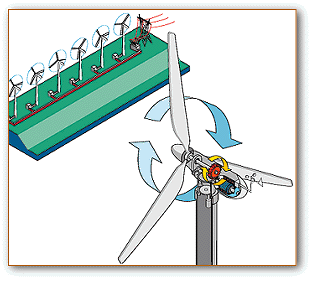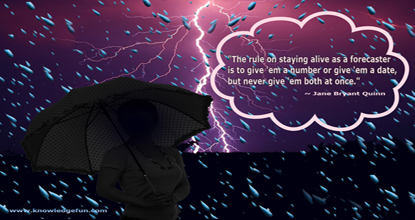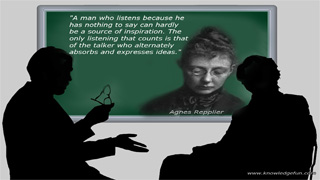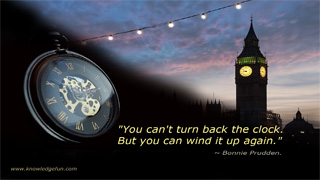Wind Turbines
How Wind Turbines Work
Wind is a form of solar energy. Winds are caused by the uneven heating of the atmosphere by the sun, the irregularities of the earth's surface, and rotation of the earth. Wind flow patterns are modified by the earth's terrain, bodies of water, and vegetation. Humans use this wind flow, or motion energy, for many purposes: sailing, flying a kite, and even generating electricity.
The terms wind energy or wind power describe the process by which the wind is used to generate mechanical power or electricity. Wind turbines convert the kinetic energy in the wind into mechanical power. This mechanical power can be used for specific tasks (such as grinding grain or pumping water) or a generator can convert this mechanical power into electricity.
So how do wind turbines make electricity? Simply stated, a wind turbine works the opposite of a fan. Instead of using electricity to make wind, like a fan, wind turbines use wind to make electricity. The wind turns the blades, which spin a shaft, which connects to a generator and makes electricity.
Take a look inside the wind turbine to see the various parts.
Find out more about types and sizes of wind turbines.
INFORMATION SOURCE: Information From U.S. Department of Energy - Energy Efficiency and Renewable Energy Wind and Hydropower Technologies Program

This aerial view of a wind power plant shows how a group of wind turbines can make electricity for the utility grid. The electricity is sent through transmission and distribution lines to homes, businesses, schools, and so on.
Failure is not fatal, but failure to change might be.
:: What You Should Know ::
Wind turbines convert the kinetic energy in the wind into mechanical power. Modern wind turbines fall into two basic groups: the horizontal-axis variety, and the vertical-axis design.Horizontal-axis wind turbines typically either have two or three blades. These three-bladed wind turbines are operated "upwind," with the blades facing into the wind.
Utility-scale turbines range in size from 100 kilowatts to as large as several megawatts.
Larger turbines are grouped together into wind farms, which provide bulk power to the electrical grid.
Single small turbines, below 100 kilowatts, are used for homes, telecommunications dishes, or water pumping.
"We are like tenant farmers chopping down the fence around our house for fuel when we should be using Nature's inexhaustible sources of energy - sun, wind and tide. What a source of power! I hope we don't have to wait until oil and coal run out before we tackle that."
~ Thomas A. Edison





